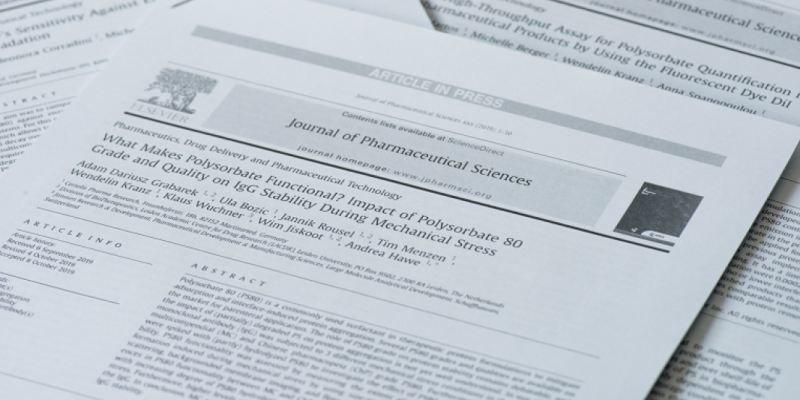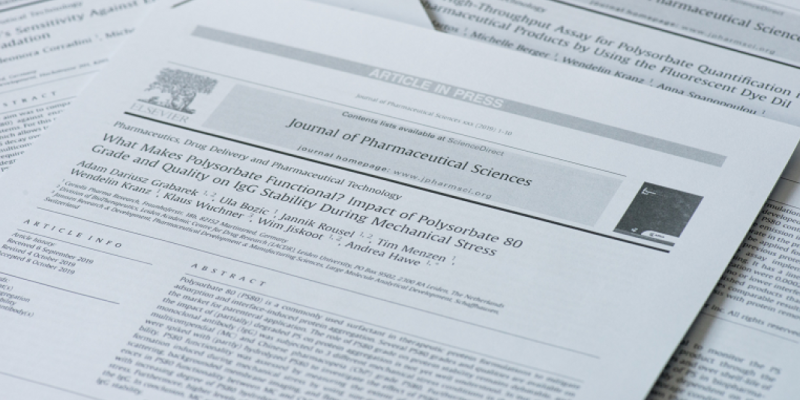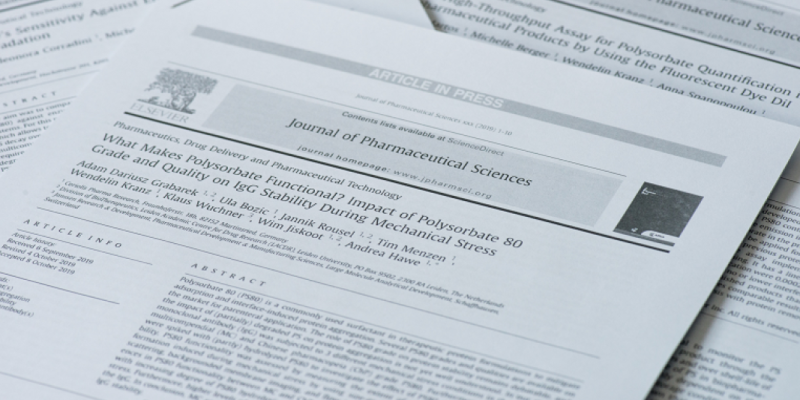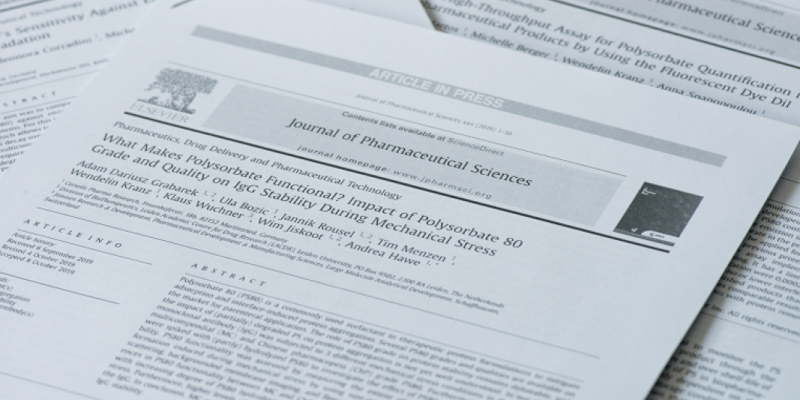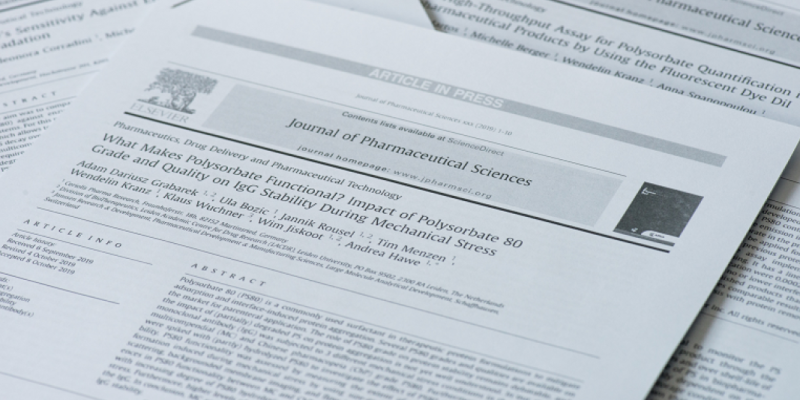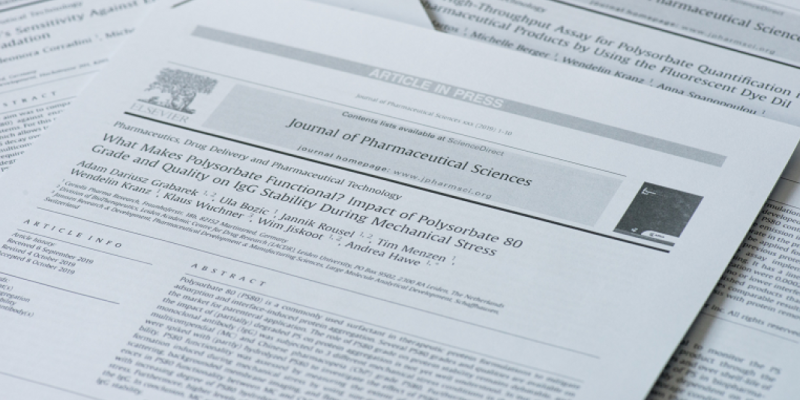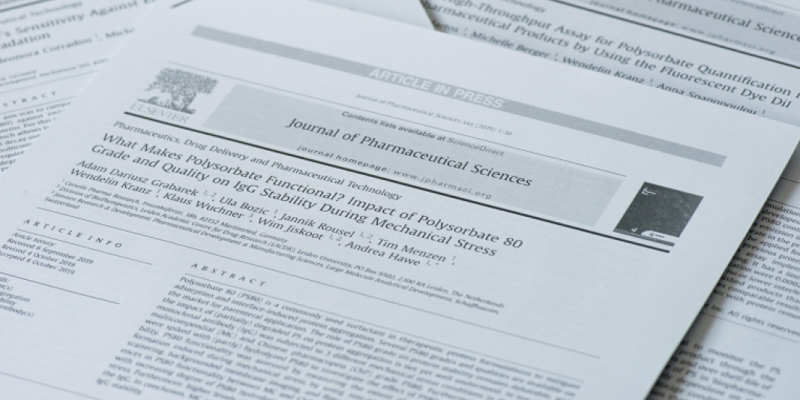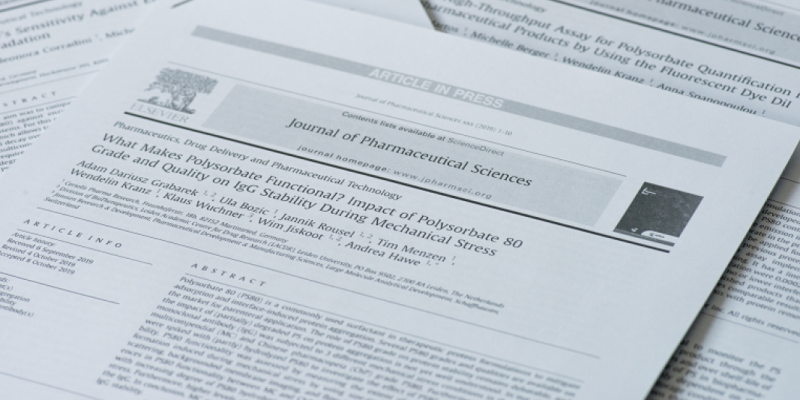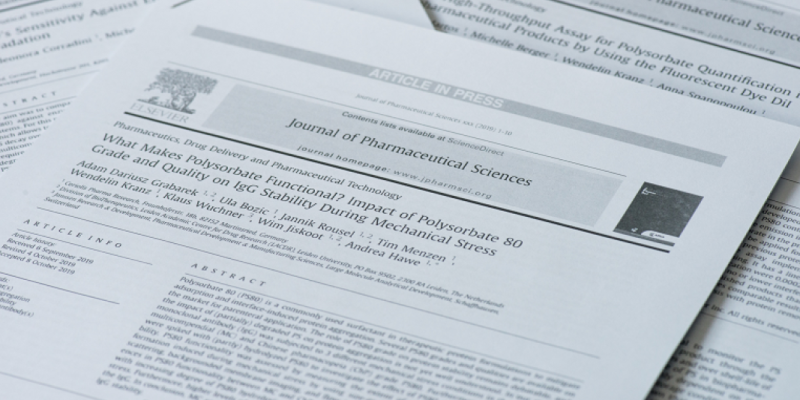Particulate impurities in cell-based medicinal products traced by flow imaging microscopy combined with deep learning for image analysis
Cytotherapy June 2020
Cell-based medicinal products (CBMPs) are rapidly gaining importance in the treatment of life-threatening diseases. However, the analytical toolbox for characterization of CBMPs is limited. The aim of our study was to develop a method based on flow imaging microscopy (FIM) for the detection, quantification and characterization of subvisible particulate impurities in CBMPs. Image analysis was performed by using an image classification approach based on a convolutional neural network (CNN). Jurkat cells and Dynabeads were used in our study as a representation of cellular material and non-cellular particulate impurities, respectively. We demonstrate that FIM assisted with CNN is a powerful method for the detection and quantification of Dynabeads and cells with other process related impurities, such as cell agglomerates, cell-bead adducts and debris. By using CNN, we achieved a more than 50-fold lower misclassification rate compared with the use of output parameters from the FIM software. The limit of detection was ~15 000 beads/mL in the presence of ~500 000 cells/mL, making this approach suitable for the detection of these particulate impurities in CBMPs. In conclusion, CNN-assisted FIM is a powerful method for the detection and quantification of cells, Dynabeads and other subvisible process impurities potentially present in CBMPs.
Cytotherapy June 2020
https://www.isct-cytotherapy.org/action/showPdf?pii=S1465-3249%2820%2930633-2


